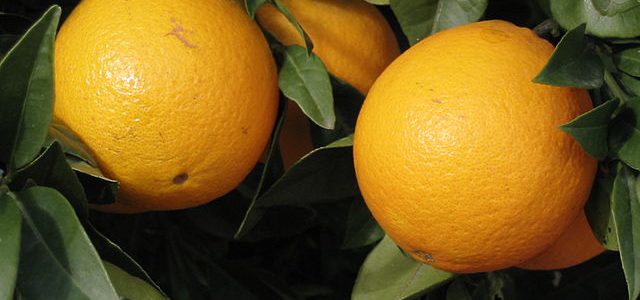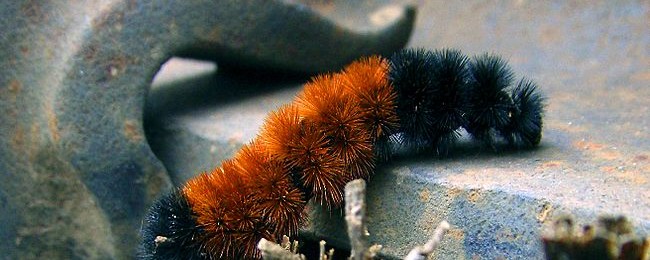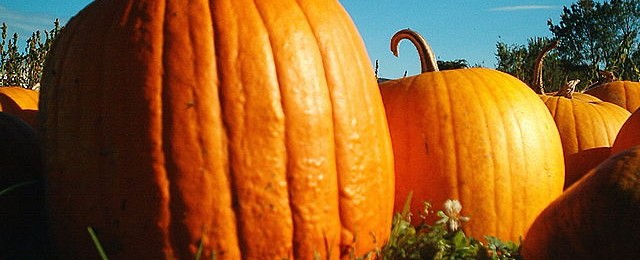Climate and Ag in the news
-

We’ve spent some time in the last couple of weeks talking generally about how the current El Nino is likely to affect our climate this winter. Here is an article from Growing Produce that takes that information and applies it to a prediction of how the expected winter weather will affect Florida’s 2023-2024 Citrus Season:…
-

There are many sayings in folklore about how to predict the upcoming winter based on phenological observations of persimmon seeds, the coats of animals, and when birds fly south. Observations of woolly bear caterpillars and their comparative amounts of brown and black stripes is one that I get asked about from time to time. Here…
-

If you watch the weather forecasts carefully, either for regular weather or for tropical storms, you probably already know that meteorologists use multiple models to help make their predictions of what the weather is likely to be and how storm systems will move across an area. Forbes has a great description of why forecasters use…
-

I don’t put any faith in winter forecasts from the Old Farmer’s Almanac or the Farmers’ Almanac because over time scientists have shown that their forecasts are incorrect more often than they are right, although they are often so vague that it is hard to evaluate. But I know many farmers and others who consult…
-

If you have been paying attention to the news, you probably know that on Saturday during the day there will be an annular eclipse of the sun that will be visible across the lower 48 states, although in most places it will just be a partial eclipse. Since it is happening during the day, it…
-

Here are some recent stories related to agriculture in the Southeast and other parts of the US and how it has been impacted by recent weather and climate. Specialty Crop Industry: Georgia Pumpkin Grower: High Quality, Low Quantity Specialty Crop Industry: Idalia Aftermath: Georgia Pecan Producer Reflects on Loss Month Later Yahoo Finance: Orange juice…
-

Peanut production this year has been impacted by weather conditions in a number of ways, including delayed planting, development of white mold, and slow time to reach maturity. The recent cooler weather has delayed the accumulation of degrees needed for the plants to meet maturity. Dry conditions have also hindered peanut maturation. Now, with rain…